With the removal of exemption for capital gains arising on transfer of shares under the Indian tax treaties (DTAA) with Mauritius, Singapore and Cyprus, gains arising on such transfer, in most cases, would now be taxed in the country of source. Further, there have been certain significant judgments which raise pertinent issues in respect of computation of capital gains arising on the transfer of shares in a cross-border scenario. Some of these judgments are in respect of domestic provisions in the Income Tax Act, 1961 (ITA) related to the computation of capital gains in a cross-border scenario whereas some are related to computation or eligibility of claim under the DTAA.
In this article, the authors have sought to analyse the issues related to the exchange rate to be used for computation of capital gains in the case of a cross-border scenario. These issues are dealing with the domestic provisions under the ITA and the Income Tax Rules, 1962 (Rules).
EXCHANGE RATE FOR COMPUTATION OF CAPITAL GAINS
An important issue in recent times has been related to the exchange rate to be used for the purpose of computing capital gains. There have been a couple of recent judgments, both by the Mumbai bench of the ITAT, which have discussed these issues at length. The issue of exchange rate to be used in the case of capital gains arises in both type of transactions — when a resident sells the shares of a foreign company as well as when a non-resident sells the shares of an Indian company. However, while the broad principle would apply in both the transactions, as the provisions of the ITA differ slightly in each of the above transactions, each transaction has been analysed separately.
a. Inbound
In this type of transaction, a non-resident is selling shares of an Indian company. The main issue in this type of transaction is the interplay of sections 48 and 112 of the ITA and Rule 115/115A of the Rules.
Let us take an example to understand this issue further. US Co, a US company, had acquired shares of I Co, an Indian unlisted private company, in 2014 when the exchange rate was 1 USD = INR 60. During FY 2024–25, these shares are sold to a UK-based company, when the exchange rate is 1 USD = INR 85. The computation of capital gains would be as follows:
| Particulars |
Amount in USD |
Exchange Rate |
Amount in INR |
| Sales consideration |
80,000 |
85 |
68,00,000 |
| (-) Cost of acquisition |
100,000 |
60 |
60,00,000 |
| Capital Gains |
(20,000) |
|
8,00,000 |
As can be seen from the computation above:
a. If one computes the capital gains in USD terms there is a loss; whereas
b. If one computes the capital gains by converting the cost of acquisition and the sales consideration at the exchange rate prevalent at the time of acquiring or transfer of the shares, respectively, it results in a gain.
Therefore, one can say that the gain is primarily on account of the difference in the exchange rates on both the dates.
The first proviso to section 48 of the ITA, which provides the mode of computation of capital gains, states as follows:
“Provided that in the case of an assessee, who is a non-resident, capital gains arising from the transfer of a capital asset being shares in, or debentures of, an Indian company shall be computed by converting the cost of acquisition, expenditure incurred wholly and exclusively in connection with such transfer and the full value of the consideration received or accruing as a result of the transfer of the capital asset into the same foreign currency as was initially utilised in the purchase of the shares or debentures, and the capital gains so computed in such foreign currency shall be reconverted into Indian currency, so, however, that the aforesaid manner of computation of capital gains shall be applicable in respect of capital gains accruing or arising from every reinvestment thereafter in, and sale of, shares in, or debentures of, an Indian company:..”
Therefore, the proviso requires one to convert the cost of acquisition as well as the sales consideration into foreign currency, compute the capital gains in foreign currency and then recompute the gains arrived in this manner, into INR.
Rule 115A of the Rules provides further guidance in case of sale of shares by a non-resident Indian. Rule 115A requires one to compute the capital gains in this manner:
(i) Convert the cost of acquisition into foreign currency at the rate as on the date of acquisition (USD 100,000 in the said example).
(ii) Convert the expenditure incurred in connection with the transfer as well as the full value of consideration into foreign currency at the rate as on the date of transfer of the capital asset (USD 80,000 in the said example).
(iii) Reconvert the capital gains into INR at the rate as on the date of transfer (loss of USD 20,000 converted to loss of INR 17,00,000).
While Rule 115A applies only to non-resident Indians and not all non-residents or foreign companies, in the view of the authors, one may be able to apply the same principle in the case of all non-residents.
Section 112(1)(c) of the ITA, which provides the rate of tax on long-term capital gains in the hands of a non-resident (other than a company) or a foreign company, states as follows:
“(1) Where the total income of an assessee includes any income, arising from the transfer of a long-term capital asset, which is chargeable under the head ‘Capital gains’, the tax payable by the assessee on the total income shall be the aggregate of, –
(a)..
(c) in the case of a non-resident (not being a company) or a foreign company, –
(i) …
(ii) …
(iii) the amount of income-tax on long-term gains arising from the transfer of a capital asset, being unlisted securities or shares of a company not being a company in which the public are substantially interested, calculated at the rate of ten per cent on the capital gains in respect of such asset as computed without giving effect to the first and second proviso to section 48;” (emphasis added)
Therefore, in the case of transfer of unlisted shares of an Indian company by a non-resident or a foreign company, section 112 provides that the tax is to be computed on an income without giving effect to the first and second proviso to section 48 of the ITA. If one computes the gains without giving effect to the first proviso to section 48 of the ITA in the above example, it will result in taxable long-term capital gains of INR 8,00,000.
The question which arises is which section should one apply while computing the capital gains in the case of a non-resident or a foreign company, which is transferring unlisted shares of an Indian company — section 48 or 112(1)(c) of the ITA?
This issue has been evaluated by the Mumbai ITAT in the case of Legatum Ventures Ltd vs. ACIT (2023) 149 taxmann.com 436, wherein, on similar facts as our example above, the ITAT held that in such a situation, section 112 would apply and not section 48. The relevant extracts of the reasoning provided by the ITAT is as follows:
“17. From the perusal of section 112 of the Act, forming part of Chapter XII – Determination of Tax in Certain Special Cases, we find that though the said section deals with the determination of tax payable by the assessee on the total income which includes any income arising from the transfer of a long-term capital asset chargeable under the head ‘capital gains’. However, in the case of a non-resident (not being a company) or a foreign company, sub-clause (iii) of clause (c) to sub-section (1) also provides the mode of computation of capital gains. As per section 112(1)(c)(iii) of the Act, in case of a non-resident, capital gains arising from the transfer of a long-term capital asset, being unlisted securities or shares of a company in which public are not substantially interested, shall be computed without giving effect to 1st and 2nd proviso to section 48 of the Act. The aforesaid section further provides a tax rate of 10% on the capital gains so computed. Therefore, we are of the considered opinion that section 112(1)(c)(iii) is a special provision for the computation of capital gains, in case of a non-resident, arising from the transfer of unlisted shares and securities. While, on the other hand, section 48 of the Act is a general provision, which deals with the mode of computation of capital gains in all the cases of transfer of capital assets. Further, section 112(1)(c)(iii) of the Act does not provide for ‘re-computation’ of capital gains for levying tax rate of 10%. Since section 112(1)(c)(iii) is the specific provision, therefore, in case the ingredients of the said section, i.e. (i) in case of non-resident or foreign company; (ii) long-term capital gains arise; (iii) from the transfer of unlisted shares or securities of a company not being a company in which public are substantially interested, are fulfilled, capital gains is required to be computed as per the manner provided under the said section. It is a well-settled rule of interpretation that if a special provision is made respecting a certain matter, that matter is excluded from the general provision under the rule which is expressed by the maxim ‘Generallia specialibus non derogant’. Further, it is also a well-settled rule of construction that when, in an enactment, two provisions exist, which cannot be reconciled with each other, they should be so interpreted that, if possible, the effect should be given to both. Therefore, if the submission of the assessee that in the present case the income chargeable under the head ‘capital gains’ is to be computed only as per section 48 of the Act is accepted, then the same would render the computation mechanism provided in section 112(1)(c)(iii) of the Act completely otiose and redundant.
18. In view of the above, we also find no merits in the assessee’s submission that if the case of the assessee is governed under two provisions of the Act, then it has the right to choose to be taxed under the provision which leaves him with a lesser tax burden. In the present case, the capital gains has to be computed only by reference to provisions of section 112(1)(c)(iii) of the Act. Further, it cannot be disputed that if as per section 112(1)(c)(iii), the 1st and 2nd proviso to section 48 of the Act are not given effect, the assessee will have a long-term capital gains of Rs. 17,13,59,838 from the sale of unlisted shares of the Indian company. Therefore, we find no infirmity in the orders passed by the lower authorities taxing the long-term capital gains of Rs. 17,13,59,838 as per section 112(1)(c)(iii) of the Act.”
Therefore, the ITAT held that section 112 is a special provision and would override section 48, which is a general provision under the ITA.
With utmost respect to the Hon’ble ITAT, in the view of the authors, the above decision did not consider a few aspects, discussed in detail in the ensuing paragraphs, which could have an impact on the issue at hand.
i. At the outset, section 48 lays down the computation mechanism whereas section 112 prescribes the rate of tax. As both sections operate on different aspects and one needs to give impact to both the sections when one is finally computing the tax payable. Therefore, if one takes a harmonious reading of the law, one cannot state that either section should override the other.
ii. Section 112 of the ITA begins with the language “Where the total income of an assessee includes any income, arising from the transfer of a long-term capital asset, which is chargeable under the head ‘Capital gains’”. Therefore, for section 112 of the ITA to apply, there needs to be income which is chargeable under the head “Capital gains”. For the purpose of computing the capital gains, one would need to consider section 48 of the ITA, including the first proviso. If after computing the capital gains in accordance with the ITA, there is a loss, the question of applying section 112 of the ITA does not apply as the total income of the assessee does not include any income chargeable under the head “Capital gains”.
One may refer to the CBDT Circular 721 dated 13th September, 1995, wherein the application of section 112 in the set-off of losses under the other heads of income was discussed in detail. The relevant extracts of the said Circular are reproduced below:
“The above phraseology contains two significant expressions, ‘total income’ and ‘includes any income’. The total income is to be computed in the manner prescribed in the Income-tax Act. Set-off of loss as per the provisions of sections 70 to 80 is a stage which is part of this procedure. When this procedure is adopted for computing gross total income or total income, only the amount of income after set-off remains under a head as part of gross total income or total income. Only that amount of long-term capital gains which is included in the total income would be subject to tax at a prescribed flat rate. Thus, if there was a loss of Rs. 10,000 from business and there is long-term capital gains of Rs. 30,000, then after setting off of loss of Rs. 10,000 with long-term capital gains, only Rs. 20,000 would remain under the head ‘Capital gains’ to be included in the gross total income or total income. The flat rate of tax will be applicable in respect of Rs. 20,000 and not Rs. 30,000, since the amount of long-term capital gains included in that total income is Rs. 20,000. (Here it is assumed that the total income ignoring, long-term capital gains, is above the exemption limit).”
In the view of the authors, while the above circular is in the context of application of section 112 after set-off of the losses, it clearly lays down the manner of interpreting section 112 (the relevant portion of which has not been amended after this Circular), i.e., section 112 applies after the computation provisions have been given effect to. Therefore, the principles emanating from the Circular should also apply in the case interplay of section 112 and section 48 and allows one to give a harmonious reading of both the sections.
iii. Further, the ITAT applied the principle of “Generallia specialibus non derogant”, i.e., special provisions shall override the general provisions. While using this interpretation, it held that section 112(1)(c) specifically applies to non-residents whereas section 48 applies to all transfers. However, what should be considered is that the first proviso to section 48 is also a specific provision and applies only in the case of a non-resident transferring shares or debentures of an Indian company. In other words, both the sections [the first proviso to section 48 and section 112(1)(c)] are special provisions and not general provisions under the ITA.
iv. Another aspect to be considered while evaluating the above decision of the ITAT above is to compare it with the treatment provided to transfer of shares listed on a recognised stock exchange under section 112A of the ITA. In case of such gains also, the first and second proviso to section 48 of the ITA do not apply. However, the manner in which such exclusion has been implemented is by adding a separate proviso to section 48 itself and not in the taxing section 112A. The third proviso to section 48 of the ITA states as below:
“Provided also that nothing contained in the first and second provisos shall apply to the capital gains arising from the transfer of a long-term capital asset being an equity share in a company or a unit of an equity oriented fund or a unit of a business trust referred to in section 112A:”
If a similar carve-out in section 48 was also provided for unlisted shares, taxable under section 112(1)(c), the ITAT decision could have been better appreciated. However, the fact that the legislature, in its wisdom, decided to carve-out the benefit of the first and second proviso in the section dealing with tax rate instead of that dealing with the computation would mean that its intention was different and has to be interpreted in a manner different than one would for section 112A.
v. If one follows the view of the ITAT, it could result in an absurdity wherein a situation of loss in foreign currency but gains in INR would be dealt with differently than loss in foreign currency as well as INR. In case of a loss in foreign currency as well as in INR, the provisions of section 112 of the ITA do not apply and for the purpose of the carry forward of the loss under section 74 of the ITA, one would consider the first proviso of section 48 for carrying forward such loss. Therefore, in the case of a profit due to exchange fluctuation, one would not apply the first proviso to section 48 whereas in the case of a loss, one would apply the first proviso to section 48, resulting in two different outcomes in two similar situations (loss in foreign currency).
vi. Lastly, if one views purely from a non-resident’s perspective, i.e., from the perspective of the US Co in this case, there is clearly a loss. In the above example, US Co had invested in I Co at USD 100,000 and received USD 80,000 in return. Therefore, while the value of the investment may have grown on account of the exchange rate fluctuation, it does not result in an actual profit or gain from US Co’s point of view.
Therefore, in the view of the authors, the only way one would be able to harmoniously apply both the sections without making either obsolete would be to first compute capital gains in accordance with section 48 (including the first proviso) and if the income in accordance with the said section is positive, apply the provisions of section 112 by recomputing the gains without giving effect to the first proviso to section 48. If the income, after computing in accordance with section 48, is a loss, then one need not apply section 112 of the ITA.
b. Outbound
Having analysed the case of a non-resident transferring the shares of an Indian company, one should also evaluate the issues arising in the transfer of shares of a foreign company by a resident. The main issue in this type of transaction is the interpretation of Rule 115 of the Rules.
Let us take a similar example as that above to understand this issue further. In this example, I Co, an Indian company, had acquired shares of US Co, a company incorporated in the US, in 2014 when the exchange rate was 1 USD = INR 60. During FY 2024–25, these shares are sold to a UK-based company, when the exchange rate is 1 USD = INR 85. The computation of the capital gains would be similar to above and as follows:
| Particulars |
Amount in USD |
Exchange Rate |
Amount in INR |
| Sales consideration |
80,000 |
85 |
68,00,000 |
| (-) Cost of acquisition |
100,000 |
60 |
60,00,000 |
| Capital Gains |
(20,000) |
|
8,00,000 |
Similar to the earlier example, I Co has made a loss in USD terms but a profit if one considers the exchange rate fluctuation.
In this situation, the first proviso to section 48 of ITA does not apply as it applies only in the case of a non-resident transferring the shares of an Indian company and not in the case of a resident transferring the shares of a foreign company. Similarly, section 112(1)(c) of the ITA also does not apply to this transaction.
Rule 115 of the Rules, which deals with the exchange rate to be used for conversion into INR of income expressed in foreign currency, provides as under:
“(1) The rate of exchange for the calculation of the value in rupees of any income accruing or arising or deemed to accrue or arise to the assessee in foreign currency or received or deemed to be received by him or on his behalf in foreign currency shall be the telegraphic transfer buying rate of such currency as on the specified date.
Explanation.—For the purposes of this rule,—
(1) ‘telegraphic transfer buying rate’ shall have the same meaning as in the Explanation to rule 26;
(2) ‘specified date’ means—
(a) …
(b)…
(c) in respect of income chargeable under the heads ‘Income from house property’, ‘Profits and gains of business or profession’ not being income referred to in clause (d) and ‘Income from other sources’ (not being income by way of dividends and ‘Interest on securities’), the last day of the previous year of the assessee
(f) in respect of income chargeable under the head ‘Capital gains’, the last day of the month immediately preceding the month in which the capital asset is transferred:
Provided that the specified date, in respect of income referred to in sub-clauses (a) to (f) payable in foreign currency and from which tax has been deducted at source under rule 26, shall be the date on which the tax was required to be deducted under the provisions of the Chapter XVII-B.
(2) Nothing contained in sub-rule (1) shall apply in respect of income referred to in clause (c) of the Explanation to sub-rule (1) where such income is received in, or brought into India by the assessee or on his behalf before the specified date in accordance with the provisions of the Foreign Exchange Regulation Act, 1973 (46 of 1973).”
The issue which arises is whether Rule 115 shall apply in a situation where the income accruing as a result of a transfer has been received in India — whether the exchange rate for the currency in which the transfer was effectuated and therefore, income accruing, is to be considered or does Rule 115 not apply as the income is received in India.
One of the key decisions on Rule 115 is that of the Supreme Court in the case of CIT vs. Chowgule & Co. Ltd (1996) 218 ITR 384, wherein the Apex Court held as follows:
“Rule 115 merely lays down that ‘for the calculation of the value in rupees of any income accruing or arising or deemed to accrue or arise to the assessee in foreign currency or received or deemed to be received by him or on his behalf in foreign currency’, the rate of exchange shall be the telegraphic transfer buying rate of such currency as on the specified date. Explanation (2) has clarified that the ‘specified date’ will mean in respect of income chargeable under the heading of ‘Profits and gains of business or profession’, the last day of the previous year of the assessee. This only means that if an assessee is assessable in respect of any income accruing or arising or deemed to have accrued or arisen in foreign currency or has received or deemed to have received income in foreign currency, then such foreign currency shall be converted into rupees notionally at the telegraphic transfer buying rate of such currency as on the last day of the previous year of the assessee. If on the last day of the previous year, the assessee does not have any foreign currency in his hand or the assessee is not entitled to receive any foreign currency, then there is no question of conversion of such foreign currency into rupees. It is only the foreign currency which will have to be converted into rupees. But, if the foreign currency received by an assessee has been converted into rupees before the specified date, question of application of rule 115 does not arise. Rule 115 does not lay down that all foreign currencies received by an assessee will be converted into rupees only on the last day of the accounting period. Rule 115 only fixes the rate of conversion of foreign currency. If there is no foreign currency to convert on the last day of accounting period, then no question of invoking rule 115 will arise. The assessee in this case is agreeable to have the outstanding amount of foreign currency payable to him at the rate of exchange prevalent on the last day of the previous year of the assessee. But this rule cannot apply to the amounts received by the assessee in course of the accounting period in rupees. Clause (2), which was introduced on 1-4-1990, is really clarificatory and does not bring about any change in rule 115.”
Therefore, the SC held that Rule 115 would have no implication if the income has been brought into India as on the last day of the previous year. The SC further held that Rule 115(2) of the Rules is merely clarificatory and does not bring about any change in Rule 115. This would, therefore, mean that in the case of capital gains, if the sales consideration (of which the income is a part) is brought into India before the last date of the previous year, the rate at which the income was brought into India would be considered for computing the capital gains.
In the view of the authors, the above SC decision is to be read in the context of the facts which were before the Apex Court. The facts of that case were in respect of business income, wherein the Rule itself provides for the exchange rate on the last date of the previous year to be applied. Therefore, one may be able to distinguish that the principle laid down by the SC in the above decision would not apply to other streams of income where a different date for considering the exchange rate is to be considered — for example, in the case of capital gains, on the last date of the month preceding the month of transfer.
Another point which needs to be considered is the language of Rule 115 which deals with exchange rate for “income accruing or arising or deemed to accrue or arise to the assessee in foreign currency or received or deemed to be received by him or on his behalf in foreign currency”. Therefore, when the Rule itself distinguishes between income accrued and income received, considering the rate at which the income was brought into India and not at which the income was accrued, may not be in line with the Rule. Similarly, if one takes a view that the observation of the SC, that Rule 115(2) is clarificatory, should apply to all streams of income and not just business income, it may be considered as against the intention of the Rule which provides for the rate at which income was brought into India only for business income, income from house property, income from other sources (other than dividend) and interest on securities.
Therefore, in the view of the authors, the above SC decision may not apply to the case of capital gains. Secondly, even if one needs to consider the above SC decision and take the exchange rate as on the date on which it was brought into India, the said exchange rate would apply on the ‘income’ component, which is capital gains and therefore, one need not convert the cost of acquisition and sales consideration separately.
In the context of capital gains, one may refer to the recent decision of the Mumbai ITAT in the case of ICICI Bank Ltd vs. DCIT (2024) 159 taxmann.com 747. In the said case, the assessee had invested in foreign subsidiaries and some of the subsidiaries had been sold while some of the investments were redeemed during the year. As per the limited facts provided in the judgement, the sales consideration was accruing in foreign currency and received in India. The Pr. CIT, while passing an order under section 263, held that indexation of cost is available only when capital assets are acquired in Indian currency. The Pr. CIT further computed the income by converting the cost of acquisition and sales consideration at the exchange rate on the date of acquisition and date of sale, respectively, and held that the investment was made in INR and, therefore, indexation was computed on the gains computed in INR as stated above. The ITAT upheld the order under section 263 and held as follows:
“…. The assessee has sold the shares of the subsidiary company to another entity for a consideration of Russian rubles Rs. 122,49,51,818. This was purchased by the assessee for Russian ruble Rs. 183,12,16,035…..Undisputedly, all these acquisitions have been made by the assessee in Indian currency and sold and ultimately consideration was received in India in Rupees. The acquisition cost in INR was converted in to FC and sale in foreign currency was received in INR. The learned PCIT has given a reason that the order of the learned assessing officer is not in accordance with the concept of cost inflation index. In fact, assessee has not invested in foreign currency but in INR. Even the second proviso to section 48 is only with respect to Non-resident Assessee. By computing long term capital gain by incorrect method assessee has got the benefit of Foreign Exchange Fluctuation as well as cost inflation index both, which is not in accordance with Income-tax Act.”
While no detailed reasoning is provided, it seems that the ITAT has held that as ultimately the acquisition was made by converting INR into foreign currency and as the sales consideration, though in foreign currency, was received in India, the capital gains is to be computed by converting the cost of acquisition and sales consideration at the exchange rate prevailing on the date of purchase and sale, respectively.
Therefore, the ITAT effectively read Rule 115(2) even for capital gains and did not distinguish between “income accruing” and “income received”. As has been analysed above, in the view of the authors, such a position, with utmost respect of the ITAT, may need to be reconsidered on the basis of the arguments provided above. If the same is not reconsidered, in the view of the authors, the provisions of Rule 115 may become obsolete as income, would at some point of time, in the case of a resident, always be repatriated to India, in accordance with the rules under Foreign Exchange Management Act, 1999.
Therefore, in the view of the authors, if the income accruing as a result of transfer, is expressed in foreign currency, such income, being capital gains, would need to be converted in accordance with Rule 115, i.e., there would be a loss of USD 20,000 in the above example.
However, care needs to be taken that the income should be accruing in foreign currency and not in INR. The Bombay High Court in the case of CIT vs. E.R.Squibb & Sons Inc (1999) 235 ITR 1 held, while in an inbound scenario, where the sale price of the shares of an Indian company by a non-resident, as well as the RBI approval for the sale, was in INR, the income would not be said to be accruing in foreign currency and hence, Rule 115 would not apply. Therefore, for Rule 115 to apply in the case of capital gains, it is essential that the agreement in form as well as in substance, refer to the consideration to be received in foreign currency and not INR.
CONCLUSION
While the arguments provided above could help in distinguishing the decisions of the ITAT in the case of inbound investments as well as outbound investments, one may need to consider the possibility of litigation on this aspect as there is no favourable judicial precedent on the subject directly, taking the above arguments. Further, the Mumbai ITAT in the case of ICICI Bank (supra) has held, by upholding the order of the Pr. CIT under section 263, that indexation should apply only to investments in INR and not in case of income expressed in foreign currency. Such a view, not coming clearly from language of the second proviso to section 48 (which seems to apply to all transactions other than capital gains in the hands of a non-resident on sale of shares or debentures of an Indian company), would need a detailed evaluation.













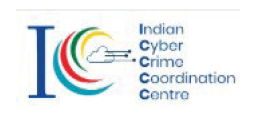

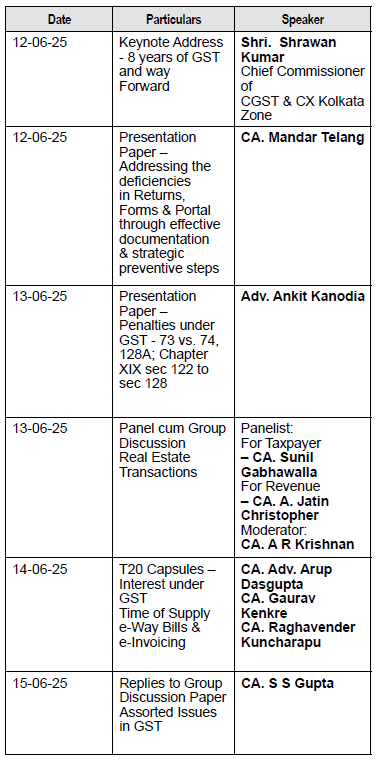
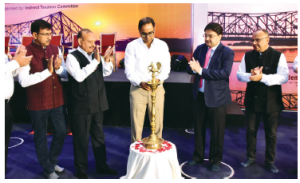
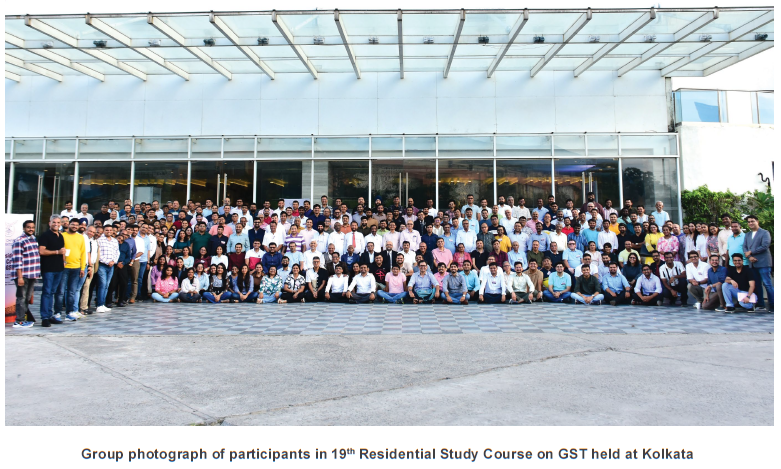
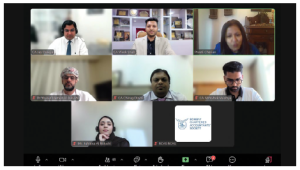

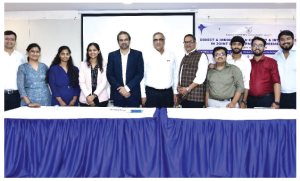
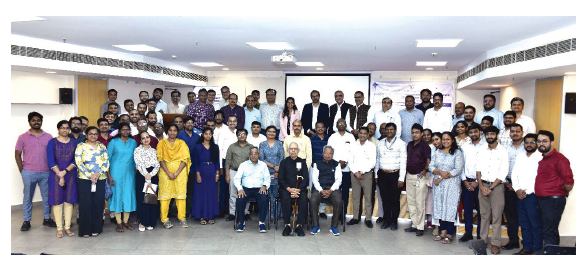


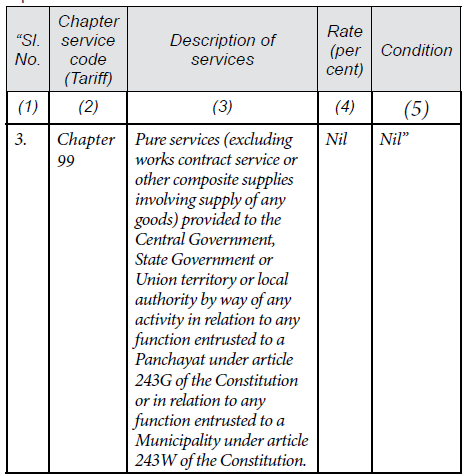
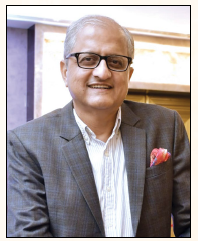

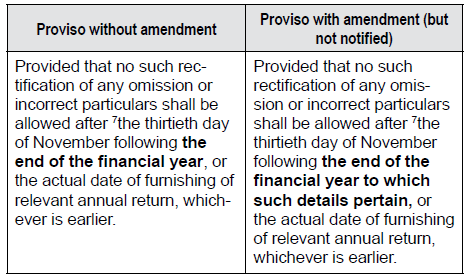



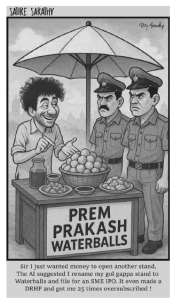
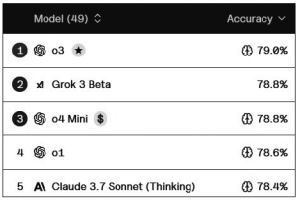
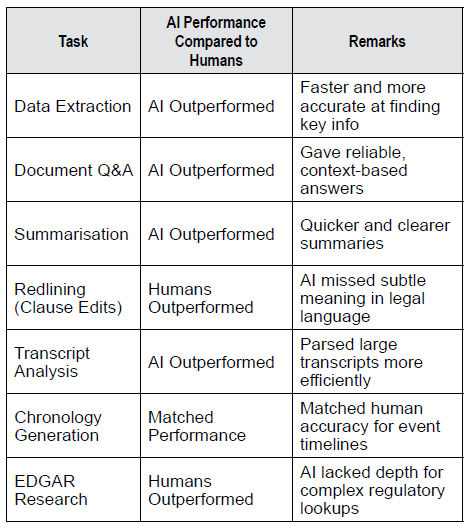
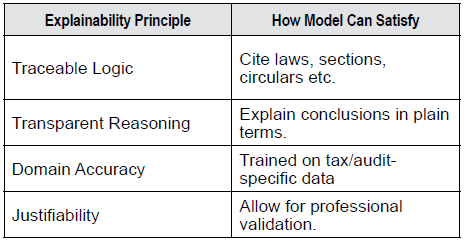

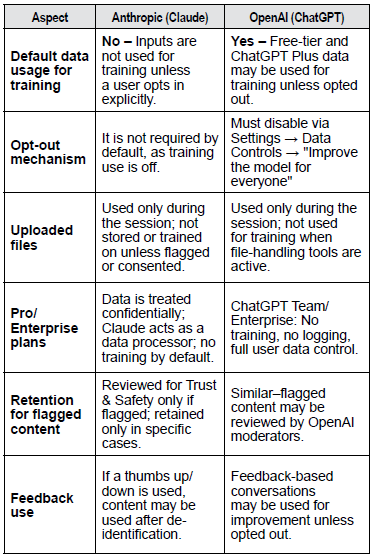
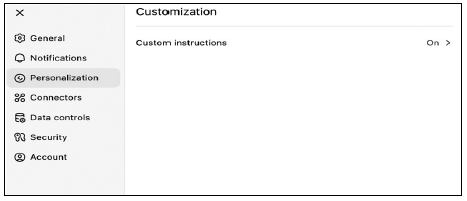
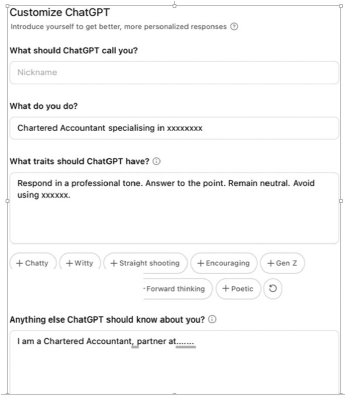
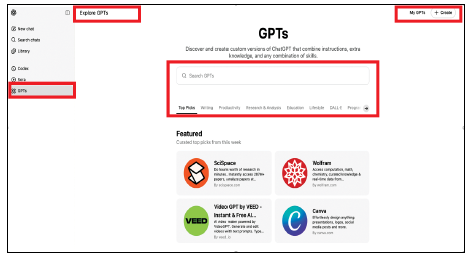
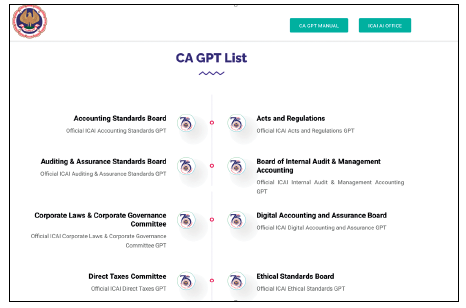
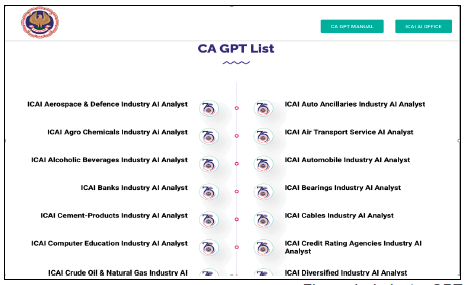
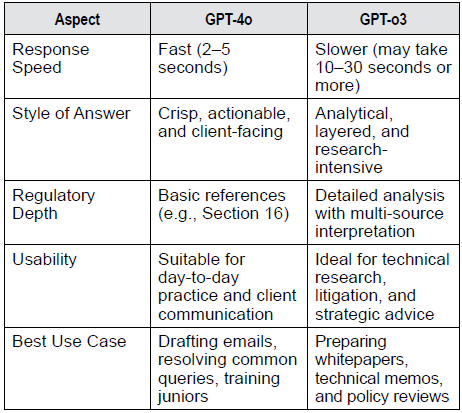


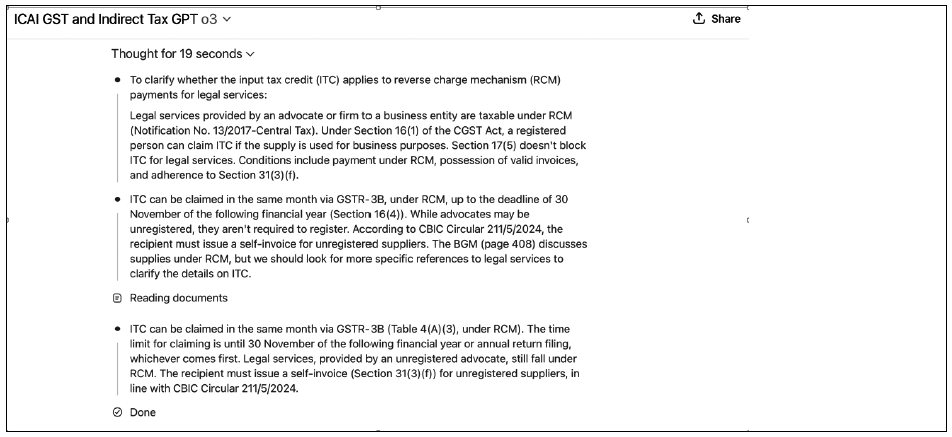
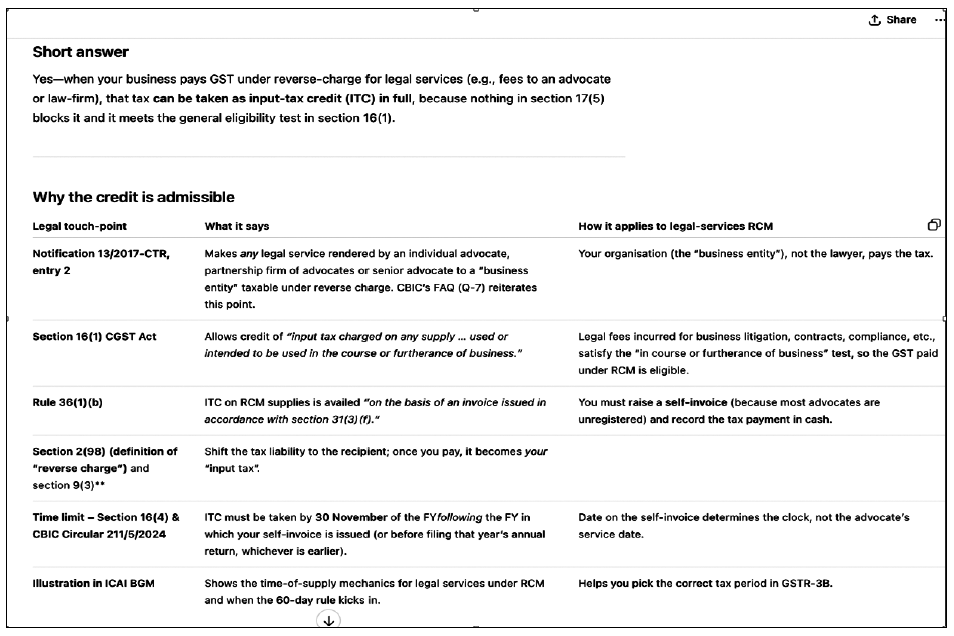
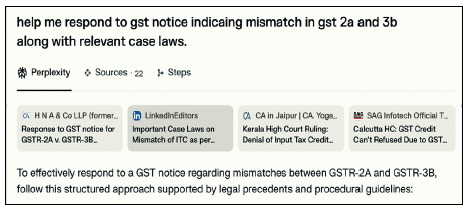
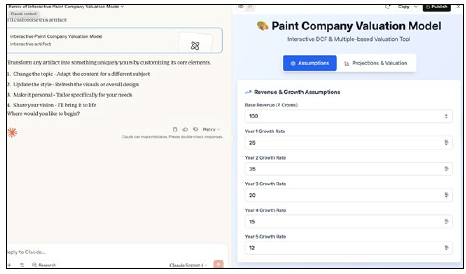

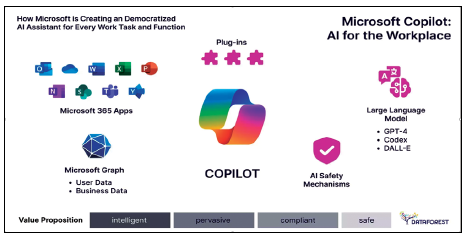
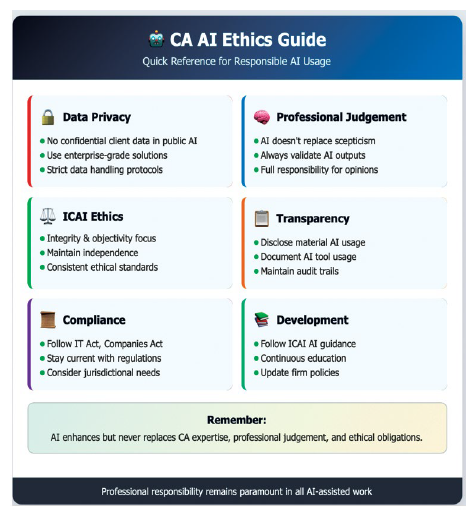


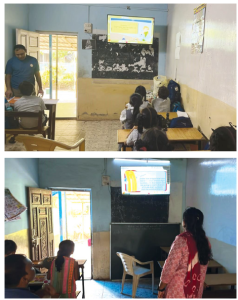
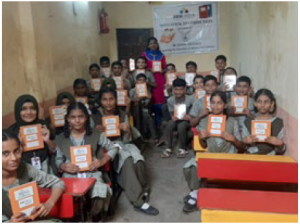
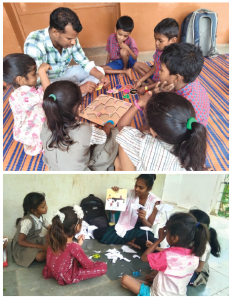
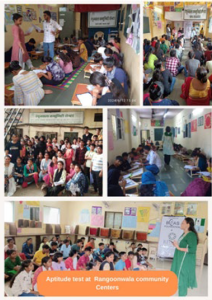
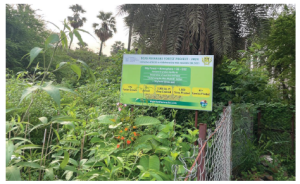
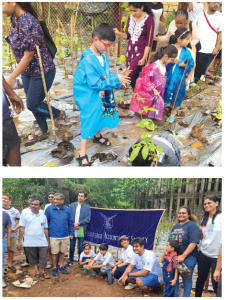
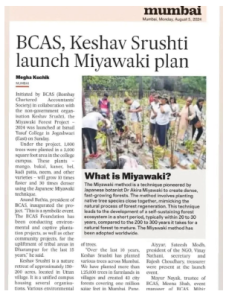

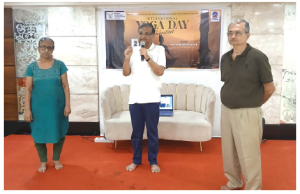
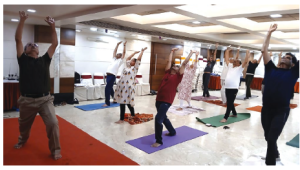
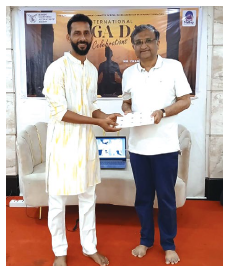
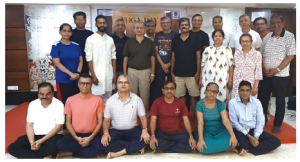

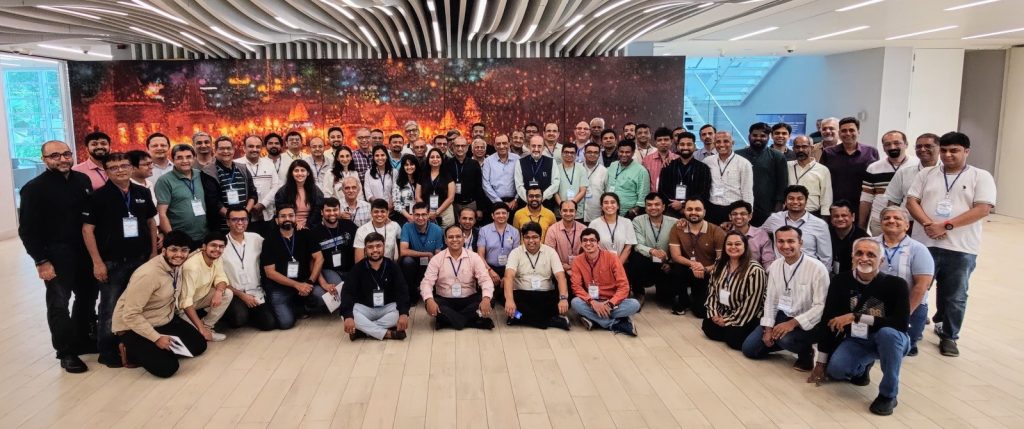
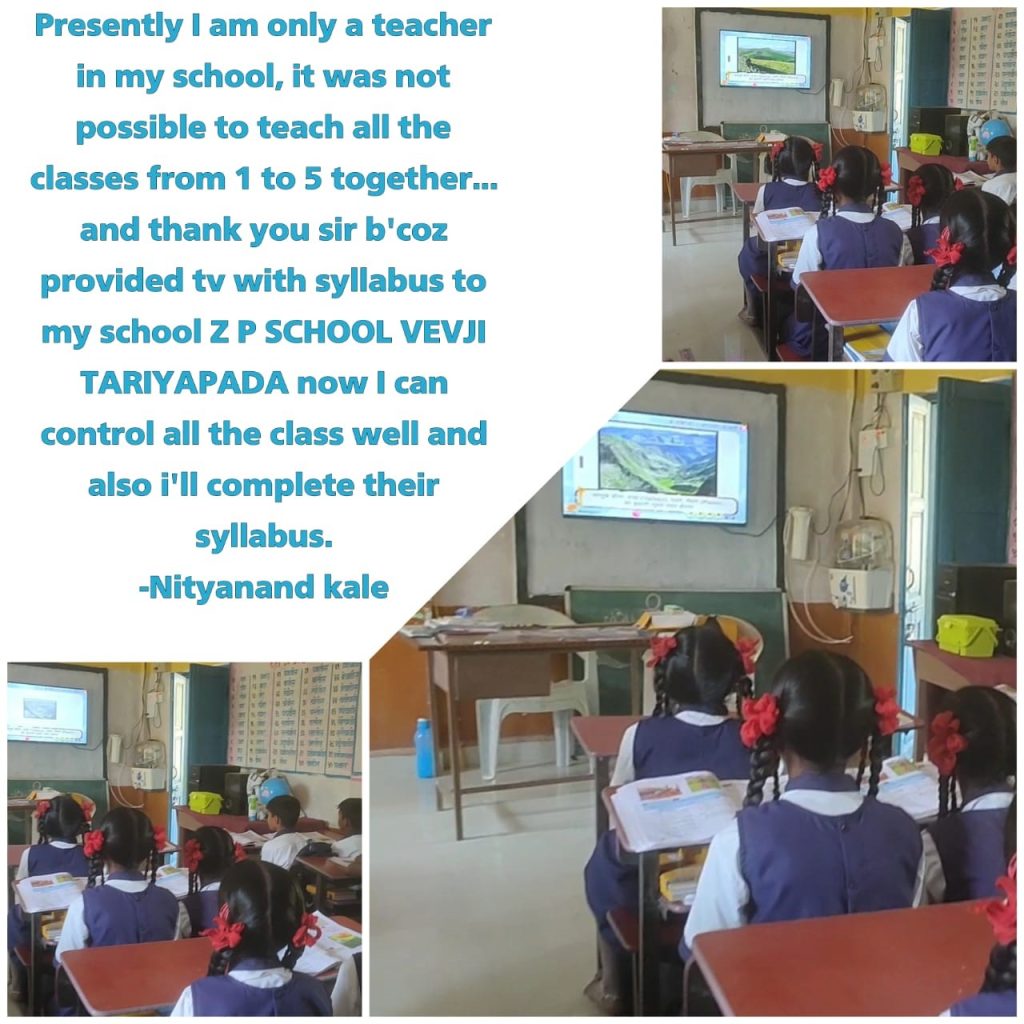
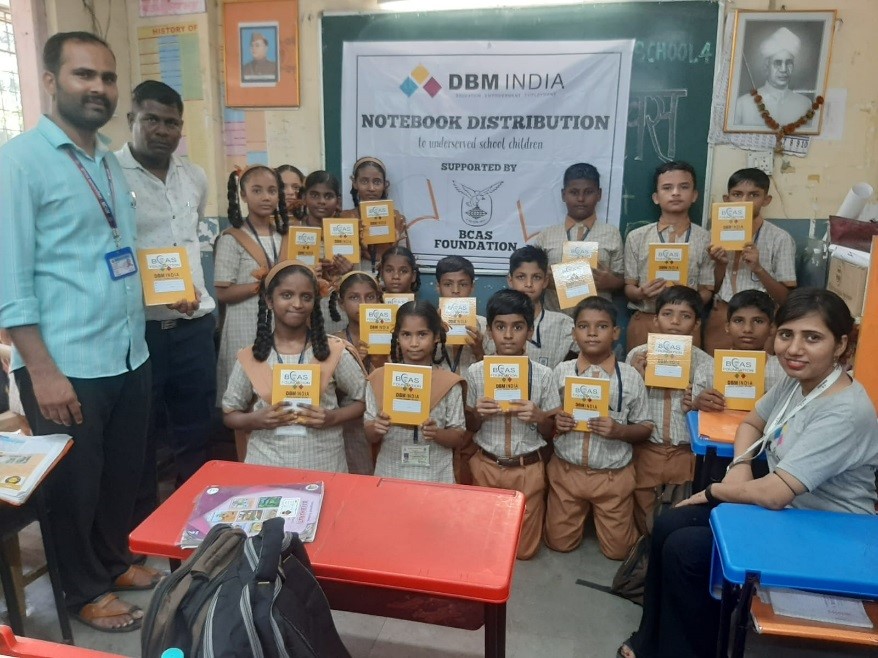







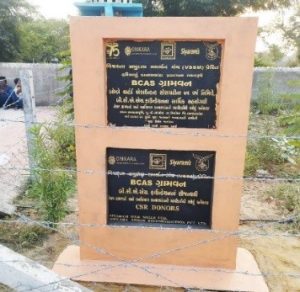
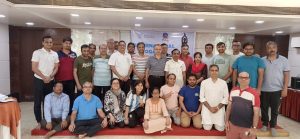






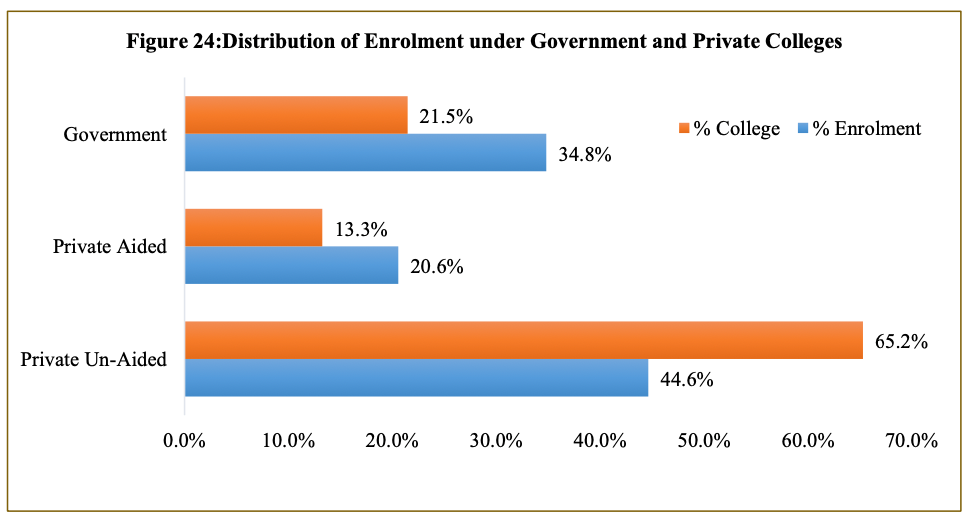



























 The speaker CA. Khushroo B. Panthaky shared his knowledge and practical experience. Various regulatory issue, intricacies of reporting requirements and expectations from auditors and preparers of financial statements were well covered and explained to the attendees by way of practical examples, well designed to understand the complexities of the regulatory issues in a simplest way. He talked on various aspects of audit and how it has moved from a sampling certification to a risk based confirmation. He highlighted the significance of thorough checks, Study of client business end to end, what precautions an auditor needs to take up right from accepting the audit assignment till the final signing of the report.
The speaker CA. Khushroo B. Panthaky shared his knowledge and practical experience. Various regulatory issue, intricacies of reporting requirements and expectations from auditors and preparers of financial statements were well covered and explained to the attendees by way of practical examples, well designed to understand the complexities of the regulatory issues in a simplest way. He talked on various aspects of audit and how it has moved from a sampling certification to a risk based confirmation. He highlighted the significance of thorough checks, Study of client business end to end, what precautions an auditor needs to take up right from accepting the audit assignment till the final signing of the report.